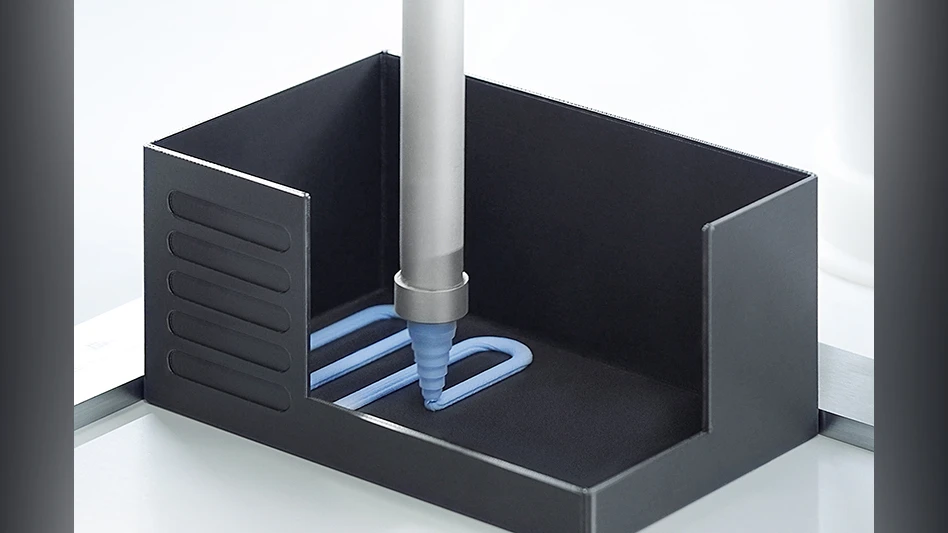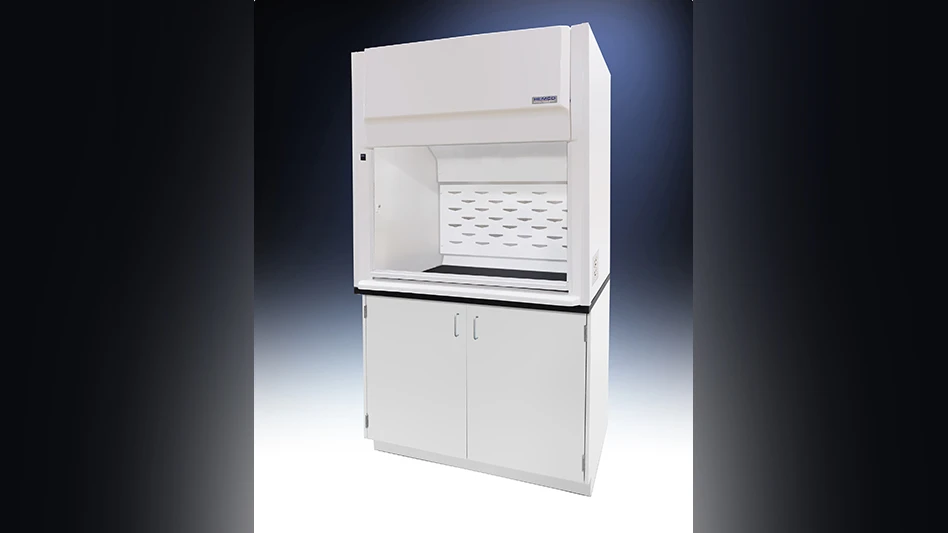
Since its beginning in 1978, GTI Precision Components of Powder Springs, Georgia, has produced perishable parts for the in-process gaging industry. Until 1994, everything was made on a Bridgeport mill, a manual vertical lathe, grinders, and in the worst cases, with a file. That history is still very important to GTI. The first machine tool installed was a wire electrical discharge machining (EDM) center, which launched the company into computer numerical control (CNC) machining technology. Once the CNC learning curve was mastered, the search for an expanded customer base began.
According to Mike Galinac, GTI vice president, “In the late 1990s, because of our location in the South, we had to prove ourselves to compete against some of the other players in the Midwest and Northeast. I know that’s why my father, who started the business in our basement, began working with Southeastern-based companies of in-process gaging for high-production manufacturing.”
Today, GTI occupies a 10,000ft2 facility west of Atlanta, Georgia, remains family owned, and employs nine people. The customer base has grown to include parts for aerospace, life science, medical, and firearm OEMs, and the company has been ISO 9001:2008 certified for 10 years.
When Galinac joined the company in the mid-1990s, he perceived the need for advanced manufacturing technology and began to grow the shop with the latest in CNC and related equipment.
“Although we had been developing our capabilities to include 3-axis and 5-axis milling, we were still subbing out all of our CNC turned parts. In 2009, we purchased a DMG MORI CTX Beta 1250 TC mill/turn machine with twin spindles to handle a range of part sizes 3" to 8" in diameter. All of them needed varying levels of milling and turning operations, so four months before the machine arrived we began looking for the right precision workholding system. We had to hold large saw cut blanks and feed 4" bar stock through the main spindle bore, then grasp and transfer finished surfaces, and complete the parts on the sub-spindle. We needed a system with a lot of flexibility and precision,” Galinac says.
GTI chose the Hainbuch B-Top 3 Jaw chuck and Spanntop 65mm collet chuck. Featuring quick-change capability, the precision workholding system enables operators to convert from OD to ID workholding and to change clamping heads quickly to accommodate a large variety of part sizes.
“We have more than 30 clamping heads precision-sized to the parts we make,” Galinac says. “And, thanks to the Hainbuch system’s precision, we’re now able to hold longer parts synchronized between spindles, avoiding the need for a steady rest.”

Machining thin-wall pistons
A significant manufacturing challenge involves machining two different hollow pistons used in an aviation industry fire suppression system. Custom designed by Westlake Village, California-based Ventura Aerospace Inc. for a major airfreight carrier, the system detects radical temperature increases inside a shipping container through thermal sensors. A hardened steel injector then punctures the affected container, and the piston discharges an argon-based foam capable of smothering a Class D fire.
“Conventional fire suppression systems use Halon, which is extremely good at suppressing Class A, B, and C fires,” says Jeremy M. Snow, president of Ventura Aerospace. “Today, many airfreight cargoes include electronic devices and components, which are powered by lithium-ion batteries. A battery fire requires a Class D suppressant, which is why we incorporate argon in our system.”
Manufactured of aluminum, one of the pistons is 8" long (which includes O-ring grooving) and is turned from 4" bar stock, then thread milled and engraved on the opposite end. The Hainbuch Spanntop system offers the option of holding parts on the ID or OD using a smooth clamping head or a Mando Adapt ID expanding device.
After primary machining on the main spindle, the piston is transferred to the sub-spindle. Critical to the process is the counter-pressure option on the machine which permits machining of the thin wall piston without deformation. A tolerance of ±.001" must be held across 8", and when the part is released, it must be perfectly circular to prevent the piston from leaking upon assembly.
“When we began the process, we were able to achieve a 10-minute cycle time per part,” Galinac says. “Without the benefit of the Hainbuch precision workholding, I could see it being more than double that.”
Increased capabilities

The technology has been so successful that the company has purchased a second mill/turn machine, a DMG MORI CTX Beta 800 TC, which will also be equipped with the Hainbuch system.
According to Galinac, “The combination of mill-turn capability and precision workholding has increased our capabilities, our customer base, and our reputation. Manufacturers from as far away as California are realizing that, when it comes to complex parts, the South is open for business.”
Ventura’s Snow agrees, “Mike and his team at GTI were fantastic to work with. They took our 3D models and converted them into products that met our demands and tolerances. Precision is of the utmost importance, and the GTI manufacturing system really delivered for us.”
DMG MORI US
GTI Precision Components
Hainbuch America Corp.
Ventura Aerospace Inc.

Explore the November December 2016 Issue
Check out more from this issue and find your next story to read.
Latest from Aerospace Manufacturing and Design
- 2024 Favorites: #10 Article – How 3D-printed aviation parts can accelerate return to air
- 2024 Favorites: #10 News – Boom Supersonic completes Overture Superfactory
- OMIC R&D hosts Supporting Women in Manufacturing Day 2024
- 4D Technology's AccuFiz SWIR interferometer
- Seventh Lockheed Martin-built GPS III satellite launches
- KYOCERA AVX's CR Series high-power chip resistor
- UT researchers receive Air Force grant for wind tunnel
- Monticont's linear voice coil servo motor





